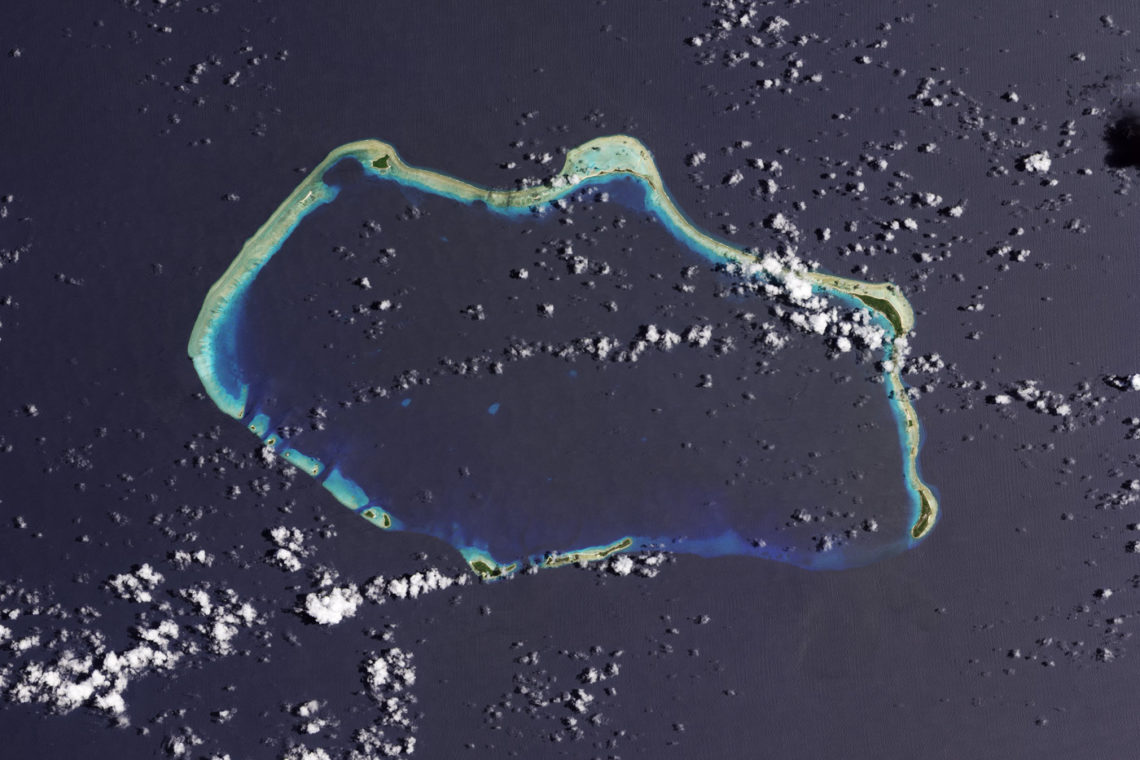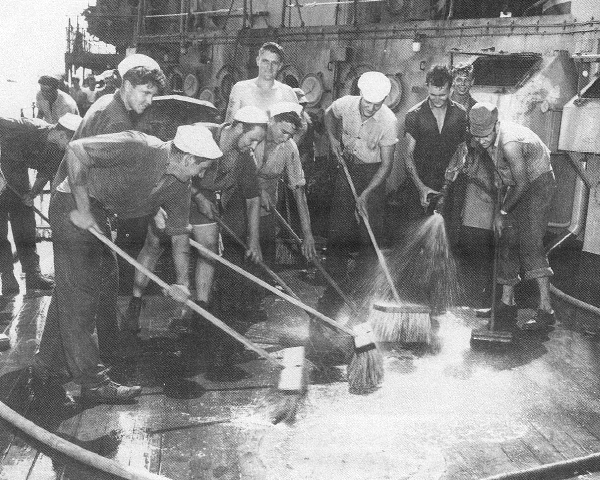Operation Crossroads: When Bikini Atoll Became Ground Zero
HELLO AND WELCOME TO MY BLOG!
Hello readers! Welcome to our historical journey, where we delve into fascinating events that have shaped our world. Today, we embark on an exploration of Operation Crossroads, an extraordinary military endeavor that took place in the mid-20th century. So grab your virtual passports as we travel back in time to the year 1946.
Operation Crossroads was a series of nuclear tests conducted by the United States government, specifically the U.S. Navy, at the Bikini Atoll in the Pacific Ocean. It was a pivotal moment in history as it marked the first post-World War II testing of nuclear weapons by the United States. The primary aim of this operation was to evaluate the impact of nuclear bombs on naval warships and their surrounding environments.
Picture this: a pristine tropical paradise in the Pacific Ocean, Bikini Atoll was chosen as the testing site due to its remote location, which minimized the potential impact on populated areas. The operation involved an impressive display of military force, with over 42,000 personnel and numerous aircraft carriers, battleships, and submarines stationed in the area.
Operation Crossroads comprised two main tests, fittingly named "Test Able" and "Test Baker." On July 1, 1946, Test Able was conducted, which involved the detonation of an atomic bomb, codenamed "Gilda," suspended 90 feet above the water by a balloon. This test aimed to assess the damage caused to surface vessels.
The explosion of Gilda was a sight to behold, as a blinding flash followed by a colossal mushroom cloud engulfed the sky. The energy released by the bomb generated shockwaves that rippled through the surrounding waters and sent towering plumes of water into the air.
After the awe-inspiring spectacle of Test Able, the stage was set for Test Baker, which took place on July 25, 1946. This test was designed to examine the effects of an underwater atomic explosion on naval ships. For Test Baker, a bomb, codenamed "Helen of Bikini," was positioned 90 feet below the water's surface, where it detonated with tremendous force.
The detonation of Helen of Bikini unleashed a massive column of water, which soared hundreds of feet into the atmosphere, before collapsing back into the sea, forming a towering "base surge" of foam and radioactive mist. The mushroom cloud that emerged from the explosion reached a staggering height of 20,000 feet, leaving an indelible mark on the minds of all who witnessed this powerful demonstration.
Test Charlie was originally planned to take place on August 1, 1946, following Tests Able and Baker. However, due to concerns over the potential spread of radioactive contamination and deteriorating weather conditions, Test Charlie was ultimately canceled. The bomb, codenamed "Uncle," was intended to be detonated underwater, similar to Test Baker, to further explore the effects of a nuclear explosion on submerged targets.
While Operation Crossroads provided valuable insights into the effects of nuclear weapons on naval vessels and the environment, it also raised concerns about the long-term consequences of such weaponry. The tests released a significant amount of radioactive materials into the air, water, and surrounding islands, leading to the contamination that affected the local inhabitants and the military personnel involved.
In the aftermath of Operation Crossroads, the area around Bikini Atoll remained off-limits for human habitation for decades, serving as a chilling reminder of the destructive power of nuclear weapons.
Operation Crossroads served as a pivotal moment in history, shaping the trajectory of nuclear warfare and our understanding of its consequences. It stands as a stark testament to the importance of responsible scientific exploration and the need for international cooperation in ensuring the peaceful use of nuclear technology.
As we bid farewell to the time-traveling experience of Operation Crossroads, let us remember the lessons learned and strive for a world where the devastating power of nuclear weapons remains a relic of the past. Until our next adventure, dear readers, keep exploring the pages of history and discovering the stories that continue to shape our world.
Oh, by the way, Just wanted to remind you that in addition to my history blog, I also have another blog dedicated to the amazing stories and facts from aviation. It's called aviationisamazing.blogspot.com, and it's packed with interesting facts from the past and nowadays. If you're a fan of learning about aviation in a fun and engaging way, then be sure to check it out! Who knows, you might just learn something new, or at least have a good laugh. Let me know in the comments if you're interested in hearing more!
.jpg/1280px-Operation_Crossroads_Baker_(wide).jpg)






_burning.png)



your impressive way of explaining makes me feel better when learning something new. thank you canim( ◜‿◝ )♡
ReplyDelete